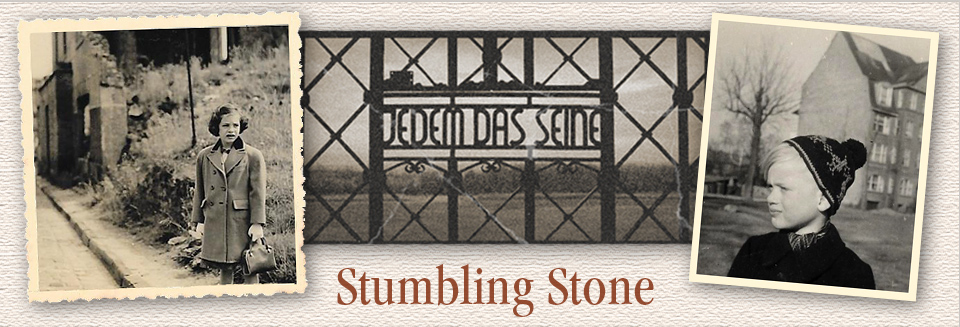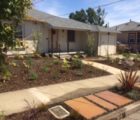It’s Spring: Have We Got Treats
By Julie Freestone and Rudi Raab
Nine years ago, when we drove across the country to Nova Scotia, we left on May 3 and returned on June 24. We picked those dates hoping to avoid bad weather and except for a near-blizzard in Colorado, we were successful in a manner of speaking. Other than the blizzard, we only had one bad rainstorm. We intercepted it in Wyoming and followed it all the way to New Jersey. Every river, tributary and creek was flooded. We had meant to camp half the time. Every meadow was wet and waterlogged.
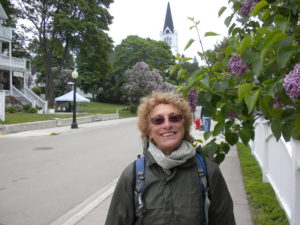
Lilacs were everywhere on our cross country trip
As we made our way East, lilacs came with us. On the way back, we went to a lilac festival in Mackinac Island, Michigan, and there were even some in Montana where we visited our friend Ilana. Julie has always loved lilacs and regardless of what else the trip offered, this would have been enough.
Book tour and three seasons
Two years ago, we left at the end of April for our book tour in Germany. Again, we had hoped to avoid bad weather. We knew that since we would be traveling south to north and wouldn’t be home until June, we might get winter, spring and summer. We were mostly right, even though our adventure was cut short by Julie’s detached retina and emergency eye surgery.
One curious thing that happened after we settled back into life at home at the beginning of June after the book tour was that we realized we had forgotten about Spring. It wasn’t until we were in our backyard and smelled ripe figs that we knew we had missed a season.
And that got us thinking about how you know when a new time of year is upon us. When we were kids, the most obvious was the end of school, beginning of summer, fall leaves, snowfall. Here in Northern California, the seasons are subtle. But we do have some cues.
Some cues are obvious
This year has been different in some ways, and yet strangely similar to the times when we were away for a long period of time. This year, we certainly aren’t missing one single cue our backyard gives us to say it’s spring. We have ample time to stare out the window, take a walk on our small property and reflect.
To begin with our massive fig tree, which dominates the whole area, sprawling its leaves out and happily obscuring the view to our neighbors in the back, began to leaf out several months ago, probably around the beginning of the lockdown. By now, it’s starting to get fruit (not much for this first crop).
There’s a plum tree we can see from our bedroom. It doesn’t produce very tasty fruit, but the white blossoms are lovely and last a while. Our neighbors’ apple tree, which they generously allow us to harvest, looks like it will produce a promising crop. There’s also a lot of lavender; the banana plant that Rudi oversees has sprouted a giant new leaf; and the geraniums are running wild.
On the patio, the night blooming jasmine got so out of control that Rudi spent a number of hours attacking it with a hedge clipper. And his “lollipop” tree, which was apparently planted by a bird, needs almost constant attention to keep it shaped to his liking.
Our garden
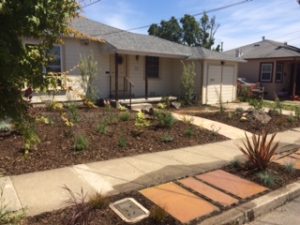
Here is our lovely new garden replacing our dead lawn
Besides the back of our house, we usually knew it was spring and especially summer when the grass -green weeds or whatever word would be appropriate to describe our front lawn – died and turned a yellowish brown. It might look lovely as you drive through California and see golden fields. It wasn’t so lovely as the first thing you saw of our house. But now, our beautiful garden is complete. The first day Julie opened the door to greet the various amazing drought-resistant collection, she felt like a conductor facing her orchestra. The wind was blowing slightly, things were swaying and now we have a whole new way to greet the season.
But wait, we missed something
There was an article in the paper recently about what the absence of smiles (because we’re all masked) means to societal norms. How do people greet each other, express affection without smiling or hugging? That’s the topic for a different blog but we’ll point to a different phenomenon: how people know it’s a new season. (remember, no sports)
We realize for us, some of it is about fruits and vegetables. Recently, when we were taking our neighborhood walk, we passed our neighbor’s fairly small cherry tree. Newly-planted a couple of years ago, it was loaded with cherries then. We weren’t sure if they were ornamental or edible and we didn’t steal any. This year, we spotted a bloom, probably more than a month ago, and then this week, a cherry. Julie loves cherries and she realized suddenly that it must be that time. Usually, wandering around the store, she spots them on sale and has a brief gorging season. But we don’t go into stores anymore, so we didn’t know. When our friend Karen, who was going online produce shopping, offered to order some items for us, cherries were on the top of the list.
We reciprocated by offering to add groceries they wanted to our store pick up order at the supermarket. Karen went online to peruse options and she spotted English green peas. They are now in season. Who knew? We ordered three pounds but got three pounds of green beans instead. So goes grocery shopping during the pandemic even in the Spring.
Birds
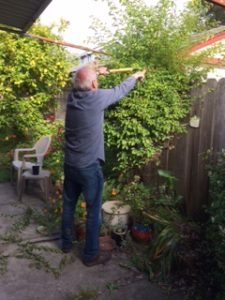
Rudi spends his gardening energy trying to tame this tree
Rudi grew up in Germany with lilacs in most people’s gardens. So they are not something that he makes note of. For him, spring means the endless songs of mocking birds. He tries to discern patterns but after a while the bird will come up with something new. The other day he noticed a pair of sparrows collecting insects from our lemon tree. Both had a bunch in their beaks. After a short while both left into the direction of the fig tree. They most likely have a nest with babies there.
That’s spring for us. How about you?
Rudi Raab and Julie Freestone published their novel Stumbling Stone in June of 2015. It was the end of spring and beginning of summer in California that year.
